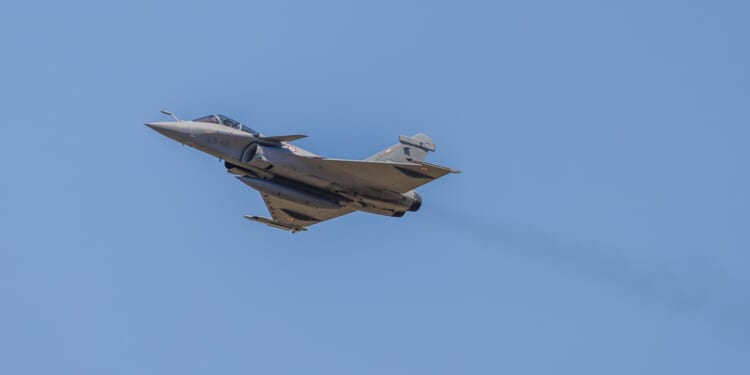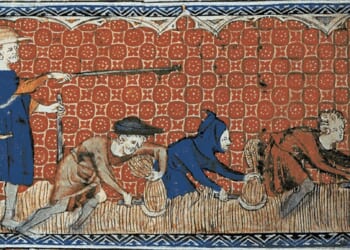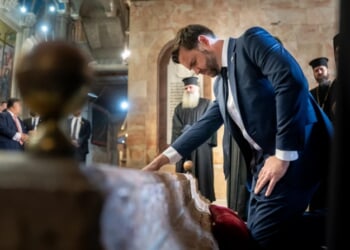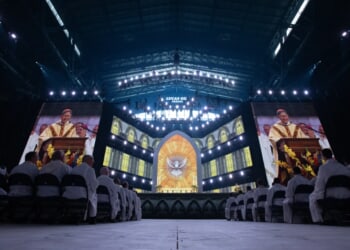While clearly not a cutting-edge fifth-generation fighter, the Rafale far outstrips legacy fourth-generation platforms, too.
The Dassault Rafale is the crown jewel of French aviation—and the result of France’s characteristic insistence on independence in its defense affairs. While many nations settled for inclusion in America’s F-35 Joint Strike Fighter program during the 1990s and 2000s, France opted to build its own competitor from scratch. The result was one of the most balanced aircraft in existence today—a multirole fighter that has gained sizable traction on the international market.
The Dassault Rafale’s Specifications
- Year Introduced: 2001 (entered French Navy service; 2006 for French Air Force)
- Number Built: ~240+ delivered as of 2024 (production ongoing for export customers)
- Length: 50 ft 2 in (15.3 m)
- Wingspan: 35 ft 9 in (10.9 m)
- Weight:
- ~22,000 lb (10,000 kg) empty
- ~54,000 lb (24,500 kg) MTOW
- Engines: Two Safran (formerly Smecna) M88-2 turbofans (17,000 lbf each with afterburner)
- Top Speed: Mach 1.8 (approx. 1,190 mph / 1,915 km/h at altitude)
- Range: ~1,000 nmi (1,850 km) combat radius; ~2,000 nmi (3,700 km) ferry range with drop tanks
- Service Ceiling: ~50,000 ft (15,240 m)
- Loadout: 14 hardpoints (13 on Rafale M naval variant); 9,500 kg (20,900 lb) total payload capacity
- Aircrew: 1 (Rafale C and M); 2 (Rafale B twin-seat variant)
The Dassault Rafale’s Performance Characteristics
The Rafale is an elegant aircraft, with blended delta wings and close-coupled canards allowing for extreme agility—especially at medium to low altitudes, where quick nose authority and tight turn rates are so important. The entire airframe was designed for energy maneuverability, which allows the pilot to transition quickly between offensive and defensive postures. High angle-of-attack stability and precise fly-by-wire controls make the Rafale responsive and forgiving, an enviable combination that encourages aggressive handling while accommodating mistakes.
Powered with two Snecma M88 engines, the Rafale is not a thrust monster, opting instead for aerodynamic efficiency, low wing loading, and careful weight management.
Following the post-Cold War trend of consolidating mission profiles into a single airframe, the Rafale can do a little bit of everything—air superiority, strike, and reconnaissance—all in the same sortie. Outfitted with advanced sensors like the RBE2 AESA radar and the SPECTRA electronic warfare suite, the Rafale grants the pilot exceptional situational awareness, which facilitates quick toggling between functions.
The Rafale’s flexibility, combined with relatively low operating costs when compared to American counterparts, has made the Rafale a hit on the international export market, particularly with nations who cannot afford a diverse inventory of multiple highly specialized aircraft. A secondary benefit of a French aircraft is the relatively simple politics of the purchase; France has neither the rigorous export controls of the United States nor the supply chain woes of Russia, meaning that buyers can be relatively confident that their aircraft will arrive on time. India, Egypt, Greece, and others all operate the Rafale; France further enhances the plane’s marketability through generous technology transfer options and a willingness to tailor configurations to national needs.
Is the Rafale a Fourth-Gen or Fifth-Gen Fighter? Not Really Either
Despite the many merits of the Rafale platform, the aircraft is not a peer to fifth-generation jets such as the F-35 Lightning II. The Rafale cannot match the stealth features of the F-35 or F-22, for example; it shows up on radar, and would have low survivability in a contest against an adversary with sophisticated air defense systems. This helps to explain the apparent loss of at least one Rafale fighter in the Indian Air Force during India’s clashes with Pakistan earlier in the year.
The Rafale also falls short, relatively speaking, in terms of sensor fusion. Yet, the Rafale finds ways to compensate—with versatility, aerodynamic handling, and reliability. And whereas fifth-generation jets like the F-35 tend to serve as information nodes, the Rafale is still a true pilot’s fighter, capable of high maneuverability, responsive to intuitive inputs.
So, while clearly not a cutting-edge fifth-generation fighter, the Rafale far outstrips legacy fourth-generation platforms, too. The warbird occupies a middle ground as a “fourth-generation-plus” aircraft, more survivable and modern than true fourth-generation aircraft. And despite not dominating the skies like an F-22, the Rafale can be purchased in bulk, giving many air forces an affordable way to build fighter jet quantity that maintains an excellent level of quality.
About the Author: Harrison Kass
Harrison Kass is a senior defense and national security writer at The National Interest. Kass is an attorney and former political candidate who joined the US Air Force as a pilot trainee before being medically discharged. He focuses on military strategy, aerospace, and global security affairs. He holds a JD from the University of Oregon and a master’s in Global Journalism and International Relations from NYU.
Image: Shutterstock / Serge Goujon.


















